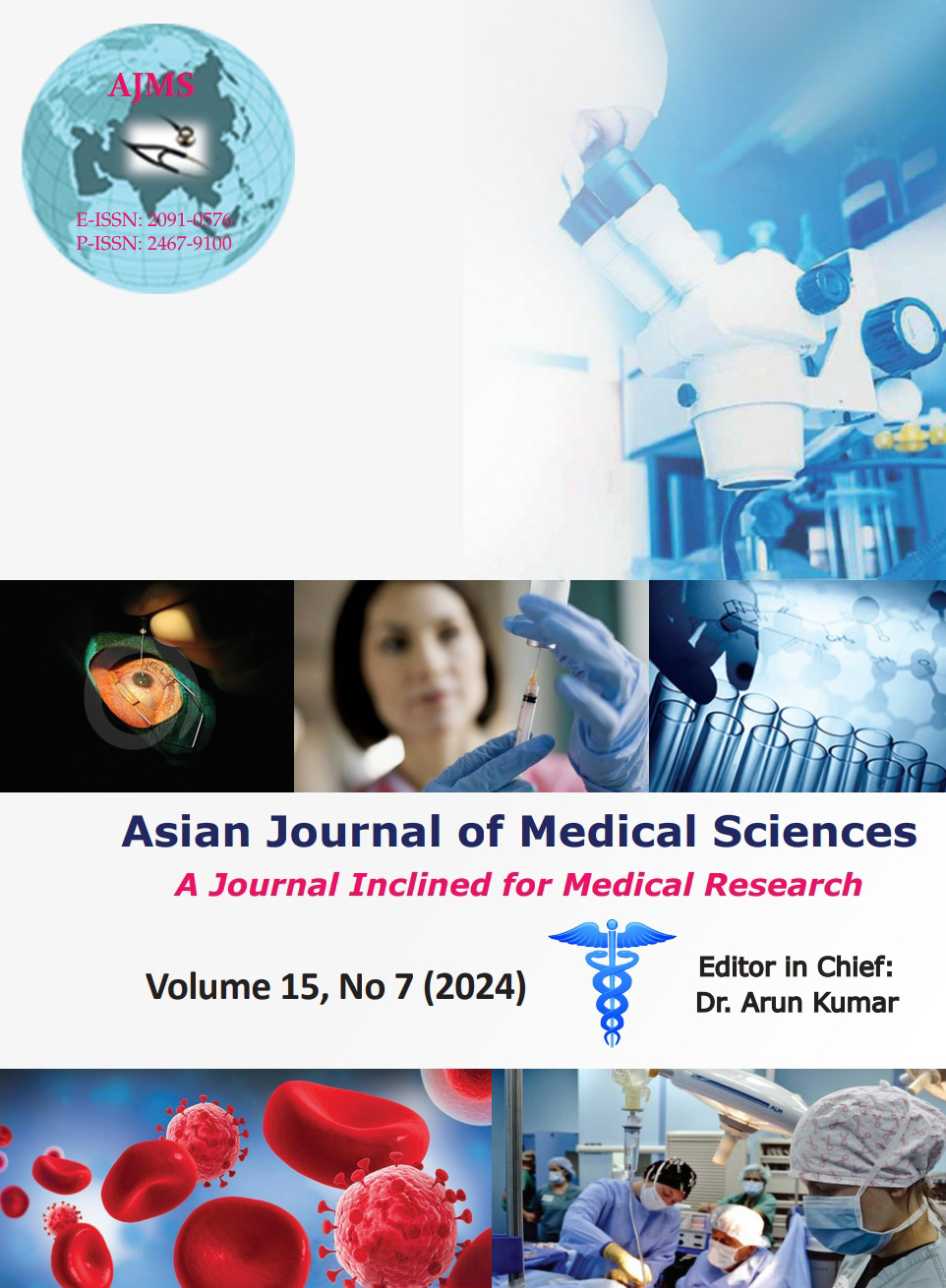Sigma metrics – a good quality control guide to assess analytical performance of a clinical chemistry laboratory
Keywords:
Quality control; Sigma metrics; Internal quality control; Total allowable errorAbstract
Background: Clinical laboratories function to deliver accurate, reliable, and timely reported results which are used in decision-making, diagnosis, and monitoring. Sigma metrics help to assess analytic methodologies and provide benchmarks for laboratories to design protocols for internal quality control (IQC), address poor assay performance, and assess the efficiency of existing laboratory processes. Thus, this study was undertaken to estimate the coefficient of variation (CV%), bias%, and total allowable error (TEa) of quality control (QC) samples using EM 200, to compare the TEa using Clinical Laboratories Improvement Act (CLIA) guidelines, and to analyze the sigma metrics of level 1 QC samples.
Aims and Objectives: The aims and objectives of the study are to estimate the CV%, Bias%, TEa of QC samples using EM 200, to compare the TEa using CLIA guidelines, and to analyze the sigma metrics of level 1 QC samples.
Materials and Methods: A cross-sectional study was carried out in the Central Biochemistry Lab, Karwar Institute of Medical Sciences, Karwar. IQC data level 1 of 15 analytes was analyzed using EM200 for 3 months. CV% is calculated from internal quality data, whereas bias% is obtained from an external quality assurance program. Sigma metrics were calculated using bias% and CV%. TEa was calculated and compared with CLIA guidelines.
Results: We have < 3 sigma values (unstable, unacceptable) for urea, creatinine, BID, serum glutamic oxaloacetic transaminase, serum glutamate pyruvate transaminase (SGPT), protein, cholesterol, calcium, 3–6 (ideal) for glucose, uric acid, total bilirubin, alkaline phosphatase, albumin, high-density lipoprotein, and >6 (excellent) for triglycerides. TEa observed less than or close to CLIA suggests quality requirement met, and TEa observed more than CLIA (urea, creatinine, BID, SGPT, protein, and calcium) suggests methodologies need evaluation.
Conclusion: Sigma metrics help to assess analytical methodologies and augment laboratory performance. Each and every laboratory can use sigma metrics as a guideline for QC strategy and a self-assessment tool for proper functioning.
Downloads
Downloads
Published
How to Cite
Issue
Section
License
Copyright (c) 2024 Asian Journal of Medical Sciences

This work is licensed under a Creative Commons Attribution-NonCommercial 4.0 International License.
Authors who publish with this journal agree to the following terms:
- The journal holds copyright and publishes the work under a Creative Commons CC-BY-NC license that permits use, distribution and reprduction in any medium, provided the original work is properly cited and is not used for commercial purposes. The journal should be recognised as the original publisher of this work.
- Authors are able to enter into separate, additional contractual arrangements for the non-exclusive distribution of the journal's published version of the work (e.g., post it to an institutional repository or publish it in a book), with an acknowledgement of its initial publication in this journal.
- Authors are permitted and encouraged to post their work online (e.g., in institutional repositories or on their website) prior to and during the submission process, as it can lead to productive exchanges, as well as earlier and greater citation of published work (See The Effect of Open Access).




